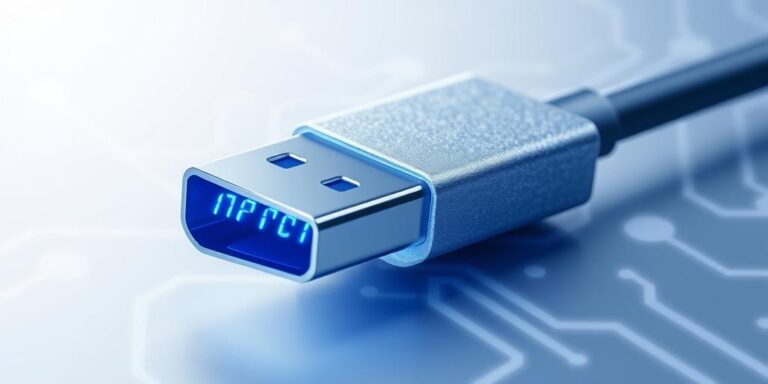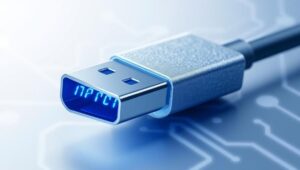The Future of USB Standards: Simplicity and Power (2025)
The Universal Serial Bus (USB) has become an indispensable part of our digital lives. From charging our smartphones to connecting peripherals to our computers, USB is ubiquitous. As we move closer to 2025, it’s crucial to understand the evolving landscape of USB standards and what the future holds for this vital technology.
A Brief History of USB
USB was designed to standardize the connection of computer peripherals, replacing a plethora of slow, device-specific ports. USB 1.0, released in 1996, offered a data transfer rate of 12 Mbps. Subsequent iterations, such as USB 2.0 (480 Mbps) and USB 3.0 (5 Gbps), significantly increased speeds and capabilities. Today, USB 3.2 and USB4 offer even greater performance, with theoretical maximum data transfer rates of 20 Gbps and 40 Gbps, respectively.
Current USB Standards
As of 2024, the most prevalent USB standards include:
- USB 3.2: Offers speeds up to 20 Gbps using the USB-C connector.
- USB4: Based on the Thunderbolt protocol, providing speeds up to 40 Gbps. It also enables features like DisplayPort Alternate Mode, allowing video output over USB-C.
- USB-C: The connector standard that is becoming increasingly universal due to its reversibility and support for multiple protocols.
Key Trends Shaping the Future of USB
Several key trends are influencing the direction of USB standards:
- Higher Data Transfer Rates: The demand for faster data transfer continues to grow, driven by applications like 8K video, large file transfers, and external SSDs. Expect future USB iterations to push the boundaries of speed.
- Increased Power Delivery: USB Power Delivery (USB PD) enables devices to draw more power over USB-C. This trend will likely continue, allowing laptops, monitors, and other power-hungry devices to be powered via USB.
- Simplified User Experience: Efforts are underway to simplify the USB landscape, making it easier for consumers to understand the capabilities of different USB ports and cables.
- Integration with Other Technologies: USB is increasingly integrating with other technologies, such as Thunderbolt and DisplayPort, to provide a more versatile and unified connectivity solution.
USB in 2025 and Beyond
Looking ahead to 2025, we can expect the following developments in USB standards:
- USB4 Version 2.0: This updated standard promises speeds up to 80 Gbps, doubling the throughput of the original USB4. It will likely become more widespread in high-end devices and peripherals.
- Enhanced Power Delivery: USB PD 3.1 already supports up to 240W of power delivery. Future iterations may push this even higher, enabling USB-C to power a broader range of devices.
- Greater Interoperability: Efforts to improve interoperability between different USB devices and cables will continue, reducing confusion and ensuring a more seamless user experience.
- Wider Adoption of USB-C: USB-C will become even more ubiquitous, replacing older USB ports on a wider range of devices. Its versatility and support for multiple protocols make it the ideal connector for the future.
Implications for Consumers and Businesses
The evolution of USB standards has significant implications for both consumers and businesses:
- Faster Data Transfer: Enables quicker file transfers, smoother video streaming, and improved performance for external storage devices.
- Simplified Connectivity: USB-C simplifies connectivity by providing a single port for data, video, and power.
- Reduced Cable Clutter: The consolidation of multiple ports into a single USB-C port reduces cable clutter and simplifies device management.
- Increased Productivity: Faster data transfer and simplified connectivity can boost productivity for both consumers and businesses.
Conclusion
The future of USB standards is bright. As we approach 2025, USB will continue to evolve, offering faster data transfer rates, increased power delivery, and a simplified user experience. By staying informed about the latest developments in USB technology, consumers and businesses can take full advantage of the benefits it offers.




